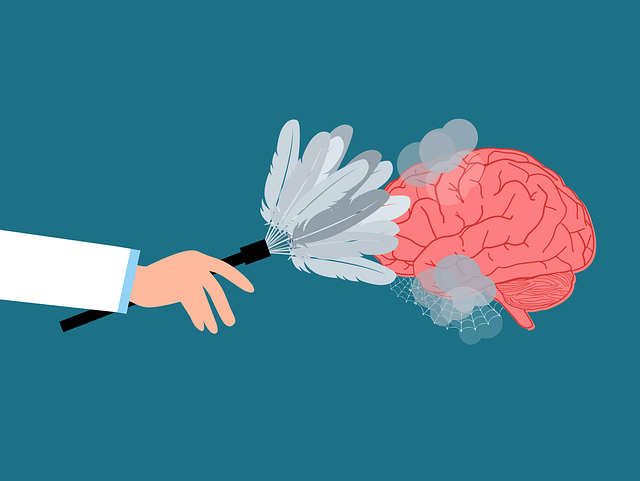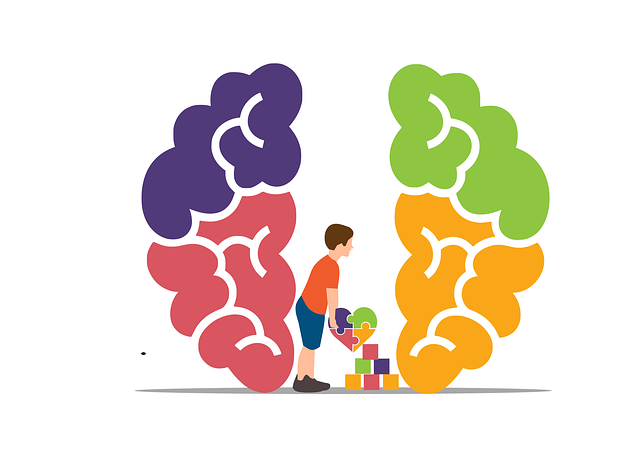Lakewood Abuse Survivors Therapy (LAST) is dedicated to client safety and support through comprehensive risk assessment practices. Therapists identify potential harms, including hidden traumas and triggers, to tailor interventions like mental wellness journaling and podcast series. They employ strategies like early risk assessment, anxiety relief techniques, and mood management programs to minimize harm and promote emotional well-being. Regular staff training and workshops enhance cultural competency, ensuring tailored support for diverse communities. LAST's dynamic approach includes mindfulness meditation, emotional intelligence practices, and reflection to foster resilience and process traumatic experiences, providing long-term anxiety relief and improved overall well-being.
“Risk assessment and harm minimization planning are vital components in creating safe environments, especially within therapeutic settings like Lakewood Abuse Survivors Therapy (LAST). This article explores a comprehensive approach to navigating risks, from understanding foundational concepts like risk assessment to practical strategies for intervention. We delve into identifying potential harms, developing tailored plans, implementing staff training, and continuously evaluating adaptations—all geared towards enhancing safety for survivors at LAST.”
- Understanding Risk Assessment: A Cornerstone of Safe Environments
- Identifying Potential Harms: A Comprehensive Approach for Lakewood Abuse Survivors Therapy
- Developing a Harm Minimization Plan: Strategies for Effective Intervention
- Implementation and Training: Equipping Staff to Respond to Risks
- Continuous Evaluation and Adaptation: Ensuring Long-term Safety for Survivors
Understanding Risk Assessment: A Cornerstone of Safe Environments

Risk assessment is a fundamental process in creating safe and supportive environments, especially in therapeutic settings like Lakewood Abuse Survivors Therapy (LAST). It involves identifying potential hazards or risks and evaluating their likelihood and potential impact on individuals’ well-being. By systematically analyzing these factors, LAST can implement targeted strategies to minimize harm, ensuring the safety and security of its clients.
This approach is crucial for fostering a positive and healing atmosphere. Through rigorous risk assessment, therapists at LAST can offer tailored guidance, such as mental wellness journaling exercises or producing engaging podcast series, to address specific needs. Additionally, by prioritizing stress reduction methods, they create an environment conducive to mental wellness, enabling individuals to navigate their journeys towards recovery more effectively.
Identifying Potential Harms: A Comprehensive Approach for Lakewood Abuse Survivors Therapy

Identifying potential harms is a critical step in Lakewood Abuse Survivors Therapy (LAST). This involves a comprehensive approach that considers both immediate and long-term impacts on clients’ emotional well-being. By meticulously assessing various forms of abuse, therapists at LAST can understand the profound effects on survivors’ mental health, relationships, and overall quality of life. This meticulous process includes uncovering hidden traumas, identifying triggers, and recognizing patterns that contribute to ongoing distress or re-traumatization.
In addition to direct harm assessment, LAST employs emotional well-being promotion techniques and stress management workshops organization as integral parts of their therapeutic approach. These workshops equip clients with valuable tools for emotional regulation, enabling them to cope effectively with stressors and challenges stemming from past abuse experiences. Through these comprehensive strategies, LAST aims to empower survivors, fostering resilience and supporting them on their journey towards healing and restoration.
Developing a Harm Minimization Plan: Strategies for Effective Intervention

Developing a Harm Minimization Plan is a crucial step for organizations like Lakewood Abuse Survivors Therapy to ensure the safety and well-being of their clients. This strategy involves identifying potential risks and implementing interventions tailored to mitigate those dangers, particularly in sensitive areas such as therapy settings. By focusing on harm minimization, therapists can create a supportive environment that fosters mental wellness coaching while addressing any immediate concerns.
Effective intervention strategies include early identification of high-risk individuals, providing access to Anxiety Relief techniques, and offering structured Mood Management programs. These measures aim to empower clients with coping mechanisms to navigate challenging situations. Furthermore, regular review sessions allow for dynamic adjustments to the harm minimization plan, ensuring it remains responsive to evolving client needs and promoting overall Mental Wellness Coaching Program development.
Implementation and Training: Equipping Staff to Respond to Risks

Implementing effective risk assessment and harm minimization strategies requires a comprehensive approach, with staff training being a cornerstone. At Lakewood Abuse Survivors Therapy, we recognize that empowering employees to identify and mitigate risks is paramount in creating a safe environment for all. This involves providing thorough training programs that educate staff on various risk factors and the importance of early intervention. By equipping them with communication strategies and emotional regulation techniques, our healthcare providers are better equipped to support survivors and prevent potential harm.
Regular workshops and simulations can enhance their cultural competency skills, ensuring they understand the unique needs of diverse communities. Through these initiatives, Lakewood Abuse Survivors Therapy strives to foster a culture where staff members actively engage in identifying risks, providing timely interventions, and offering appropriate resources, ultimately contributing to improved outcomes for those seeking support.
Continuous Evaluation and Adaptation: Ensuring Long-term Safety for Survivors

In the context of Lakewood Abuse Survivors Therapy, continuous evaluation and adaptation are vital components of ensuring long-term safety for survivors. This dynamic approach involves regularly assessing the effectiveness of harm minimization plans and making adjustments as needed, reflecting the evolving needs of individuals navigating complex emotional landscapes. By staying agile, therapists can better support survivors in managing their mental health, particularly when facing challenges like anxiety relief.
Embracing mindfulness meditation and emotional intelligence practices within therapy sessions enhances this adaptability. Regular reflection allows survivors to process their experiences, gain insights into their emotional responses, and develop coping strategies tailored to their unique journeys. Through these means, Lakewood Abuse Survivors Therapy fosters an environment where individuals can cultivate resilience, enhance their emotional intelligence, and engage in mindfulness meditation as tools for both immediate and long-term anxiety relief and overall well-being.
Risk assessment and harm minimization planning are indispensable tools in creating safe environments, especially for survivors of abuse like those supported by Lakewood Abuse Survivors Therapy. By understanding risks, identifying potential harms, developing robust plans, and continually evaluating strategies, organizations can ensure long-term safety and foster healing. Implementing these practices equips staff to respond effectively, providing a supportive environment where survivors feel secure and empowered.














